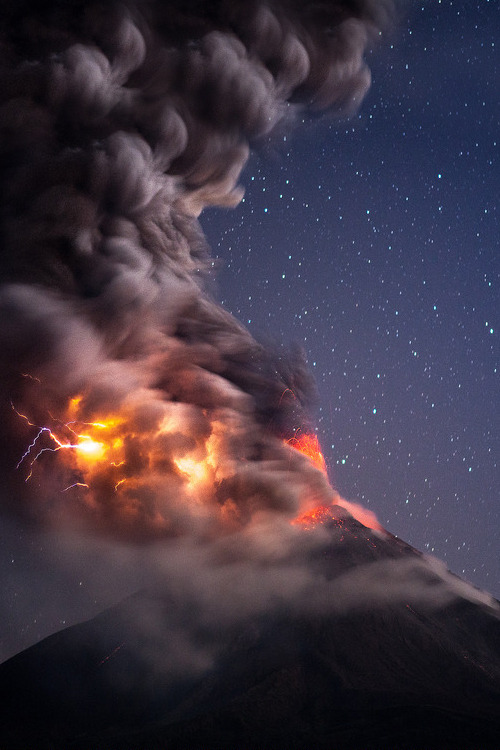Leftovers






leftovers
more on my instagram @matialonsor
More Posts from Antedeus and Others

Art G.Shvecova (Design graphics - Neon Moon_Sea_120418)



rabid dog
more on my instagram @matialonsor







Interacting galaxy
Interacting galaxies (colliding galaxies) are galaxies whose gravitational fields result in a disturbance of one another. An example of a minor interaction is a satellite galaxy’s disturbing the primary galaxy’s spiral arms. An example of a major interaction is a galactic collision, which may lead to a galaxy merger.
A giant galaxy interacting with its satellites is common. A satellite’s gravity could attract one of the primary’s spiral arms, or the secondary satellite’s path could coincide with the position of the primary satellite’s and so would dive into the primary galaxy (the Sagittarius Dwarf Elliptical Galaxy into the Milky Way being an example of the latter). That can possibly trigger a small amount of star formation. Such orphaned clusters of stars were sometimes referred to as “blue blobs” before they were recognized as stars.
Colliding galaxies are common during galaxy evolution. The extremely tenuous distribution of matter in galaxies means these are not collisions in the traditional sense of the word, but rather gravitational interactions.
Colliding may lead to merging if two galaxies collide and do not have enough momentum to continue traveling after the collision. In that case, they fall back into each other and eventually merge into one galaxy after many passes through each other. If one of the colliding galaxies is much larger than the other, it will remain largely intact after the merger. The larger galaxy will look much the same, while the smaller galaxy will be stripped apart and become part of the larger galaxy. When galaxies pass through each other, unlike during mergers, they largely retain their material and shape after the pass.

Galactic collisions are now frequently simulated on computers, which use realistic physics principles, including the simulation of gravitational forces, gas dissipation phenomena, star formation, and feedback. Dynamical friction slows the relative motion galaxy pairs, which may possibly merge at some point, according to the initial relative energy of the orbits.
Astronomers have estimated the Milky Way galaxy, will collide with the Andromeda galaxy in about 4.5 billion years. It is thought that the two spiral galaxies will eventually merge to become an elliptical galaxy or perhaps a large disk galaxy.
Source
Image credit: NASA/ESA & Hubble (procesed by: Steve Byrne & Judy Schmidt)
Animation

☽♡☾

Volcanic Lightning (by Christian Villicaña)
La Becerrera, Colima, Mexico


-
 monke-donke liked this · 1 year ago
monke-donke liked this · 1 year ago -
 artful-epoch liked this · 1 year ago
artful-epoch liked this · 1 year ago -
 mooseings liked this · 1 year ago
mooseings liked this · 1 year ago -
 lunar-linnie liked this · 2 years ago
lunar-linnie liked this · 2 years ago -
 alaluzdelaeternidad liked this · 2 years ago
alaluzdelaeternidad liked this · 2 years ago -
 vivimi--senza-paura reblogged this · 3 years ago
vivimi--senza-paura reblogged this · 3 years ago



